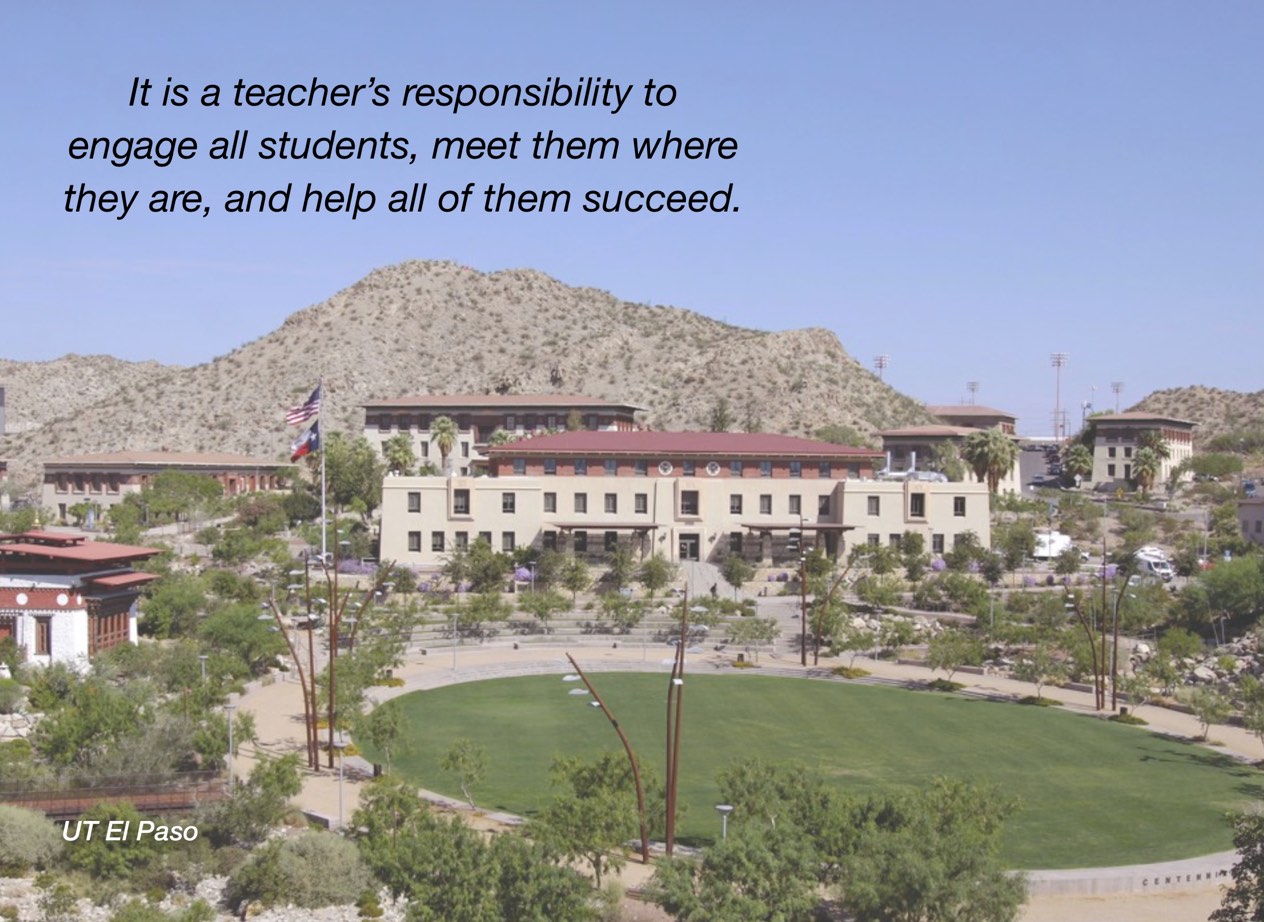2 Lesson from a Mobile Fossil


Michael Starbird
I learned several things in college. One lesson occurred when I was a senior in a class on medieval art history. The course was taught by an extremely scholarly and extremely old professor. She knew everything about Gothic cathedrals, and we thought it was because she was there when they were built. I would sit in the back of the room, only because we were not allowed to sit in the hall. One day she showed a Byzantine picture in class and the dreaded question came from this mobile fossil. She asked, “Mr. Starbird, what do you see in this picture?”
The picture just seemed weird – the hands were too long, the head was too small, and there was a bright gold halo shining on top. I was a math major. Obviously, nothing was coming to mind. But I had been in art history classes, so I knew that art has “meaning.” I tried to imitate the art analysis that I had heard, and replied, “I think the halo represents the circle of life – emerging from the darkness of the primeval void, arcing into the glory of shining heaven, and descending again into the abyss of eternity.” I assure you, my answer was ripe. She said, “Cut out the bull and tell us what you see.”
And that’s the moral of the story. If you teach students to be honest about what they know and what they don’t know, they will transform their lives. Help students learn the habit of dealing with what they actually, personally understand instead of guessing what they think someone else wants to hear. Such intellectual honesty will completely change their lives.


Chapter 2 Commentary: Susan Doty
“Pivot. There were two interesting twists in this piece by Michael Starbird in which he recalls a medieval art history course he took as a student, and both serve as teaching moments. When “cut the bull” came from the mouth of this “extremely old professor,” there was a surprise double whammy. First, when we show students alternative sides of our professional selves, we shift their perceptions and reach them in new ways because they see us differently. Secondly, when we challenge them to tell us what they are observing instead of what they believe we want to hear, we encourage both more meaningful learning and increased personal responsibility for their own learning. What Michael’s professor did was brilliant twice over. By showing another side of herself, she broke a stereotypical mold and connected with her student individually, directly, and personally. In challenging Michael to honestly tackle his perceptions, she allowed him to embrace the unfamiliar and explore it without fear. A lifetime of intellectual curiosity began that day.”

